You don’t know what it is like to be obsessed with Friends till you are married to a Friends-addict. So great is my wife’s devotion to the classic American TV show that if we are scrolling through channels on our TV and I see that a repeat of Friends is playing, I hastily skip to the next channel in the hope that she has not noticed. Because, if she has, then we will have to abandon all our other TV-watching plans and watch Friends again.
One thing I have noticed about Friends addicts is that they have little in-jokes. My wife and my son, a fellow Friends addict, will fall about laughing if anyone mentions a blue blazer (“a blue blazer black? Ha Ha”), while I look mystified. And because I am a garlic-fan, I keep being told “There are other ingredients besides garlic.” (I looked this up. The full quote is Phoebe to Monica. “At least my songs don’t taste like garlic. There are other ingredients.”) I think my wife now has a problem. I am not over garlic. But I have a new obsession: mustard. And while she loves garlic (despite all the fun she made of me), I think she is largely indifferent to mustard except when the leaves are made into sarson ka saag.
I have no objections to sarson ka saag but its not really my thing. Nor am I particularly enthusiastic about what most people regard as the finest (and most expensive) expression of mustard: the prepared mustards of Dijon in France. People assume that I must love the top Dijon mustards (prepared with champagne, with figs or whatever). The truth is that to my unsophisticated palate, all Dijon mustard tastes faintly urinous. There: I have said it.
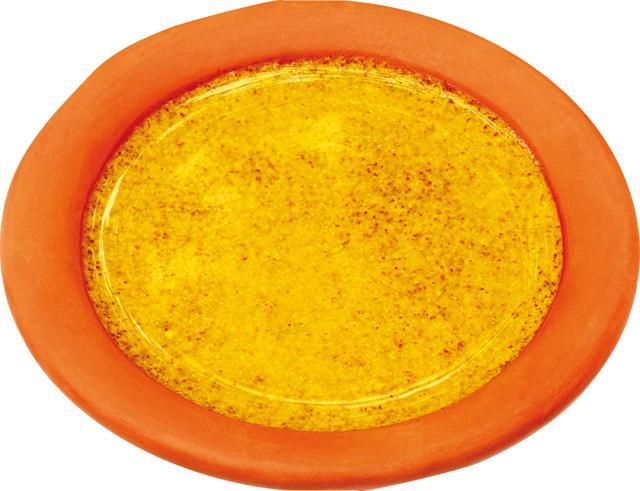
I much prefer the cheaper and less sophisticated mustards of France and America. In England, Colman’s has been making a mustard for centuries that has become a prototype for what is called English mustard. (The English also make a ‘French’ mustard but it’s not really the sort of thing they like across the Channel.)
In America, they prefer a milder mustard (unlike Colman’s, which likes exploring the insides of your nasal cavity), which is usually a lurid yellow (they add haldi for the colour) and is spread on the side of a hot dog sausage. I have to say that I like that too.
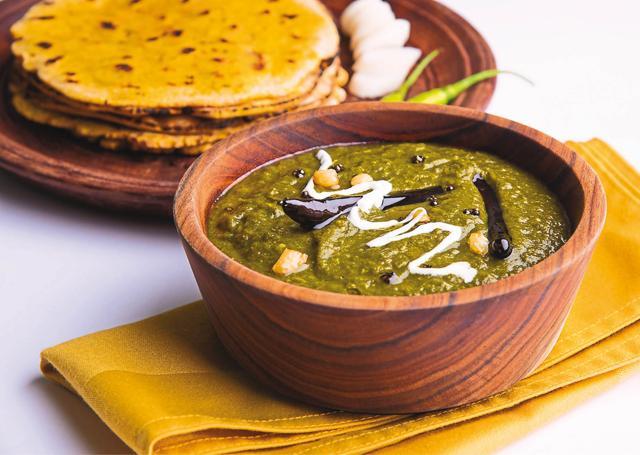
But my favourite mustard is one I discovered right here in India. In the years I spent in Kolkata, I learnt how to love mustard the way Bengalis do. Bengalis like mustard oil and despite health warnings (American doctors will tell you that one of its components is bad for your heart), it continues to be one of my favourite oils.
My real love though is Kasundi, a Bengali relish that is based around mustard. The best Kasundi is still made at home in Bengal but you can get quite acceptable bottled versions. These days I order the Kasundi from a company called Big Fat Essentials and use it as I would once have used Colman’s. You can also, if you are a farm-to-table kind of guy, order fresh mustards from Kuninda Mustards, made on a Uttarakhand farm by a brother and sister team. They don’t do a Kasundi yet but I have written about their mirchi mustard and their garlic (yes!) mustard.
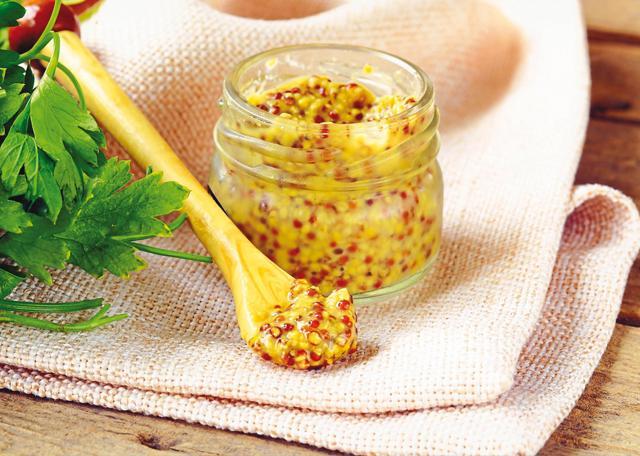
That mustard should be grown in Uttarakhand will surprise no one. Archaeologists believe that the mustard plant first grew in the foothills of the Himalayas and there is evidence to suggest that mustard was a popular ingredient during the Indus Valley Civilisation. It is not clear whether it went out from the Indus Valley along the traditional trade routes or whether it developed independently in Europe but the term mustard turns up in ancient Latin so it must have been around for centuries.
In the West, they concentrate on making a relish from the seeds. (All mustards are prepared products – usually according to local recipes.) But the Indian mustard tradition is far more enterprising. We fry mustard seeds at the start of the cooking process for many dishes. We use the oil, not just for cooking but also for pickles. And the leaves become a saag. The fact that mustard shows up all over India suggests that not only does it have an ancient history but that it was popular enough for different communities to incorporate it into their recipes in different ways.
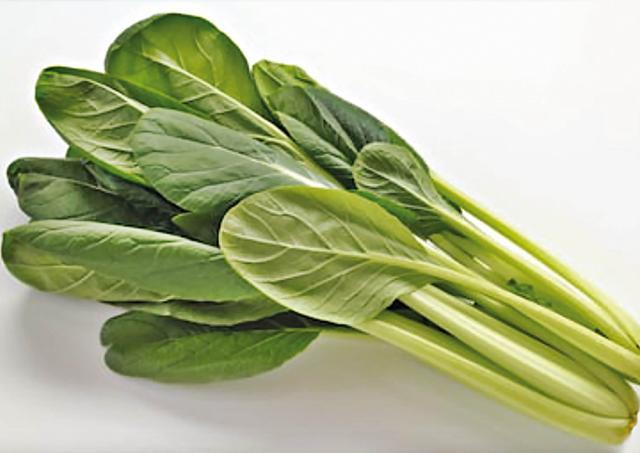
And we have had the imagination to pair it with newer arrivals. All Punjabis swear by makki ki roti and sarson ka saag but the truth is only sarson is the authentic Punjabi ingredient. Corn or makki was only planted in the region by British, many centuries later. (Corn is an American ingredient.)
The leaves of the mustard plant are also used all over the Far East. The Japanese treat mustard greens as a delicacy and trendy gourmets in the West make a delicate salad with these leaves. I am not a trendy person and my palate is not, particularly delicate, so at my home, we take the fresh Japanese mustard leaves (grown by Krishi Cress) and cook them quickly with potatoes (and virtually no seasoning) to make what is either a kind of saag-aloo or a variation on bubble and squeak, depending on your perspective. The leaves are slightly bitter which adds to the flavour.
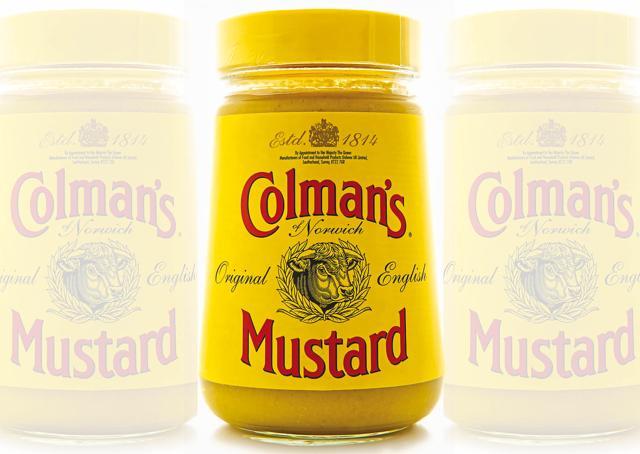
But most times I just use mustard (Kasundi or English) as a seasoning or a dip. It goes with everything from ham to sausages to fish fingers to kebabs to pakoras to meat. And it makes everything more delicious.
Does it beat garlic? Well, as Joey would say, that is a moo point.
And the honest answer is probably: no.
But there is room for more than one love on a man’s palate!
The views expressed by the columnist are personal
From HT Brunch, October 25, 2020


